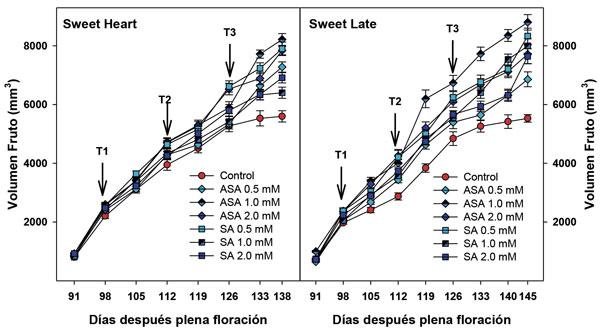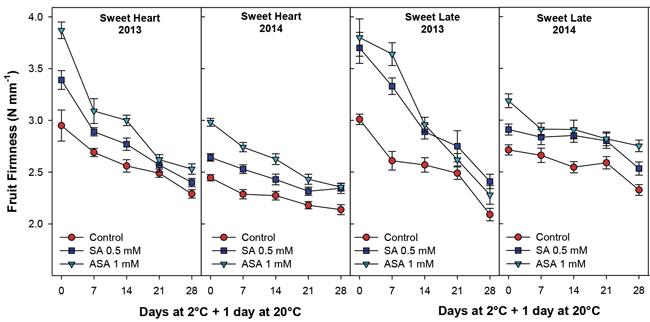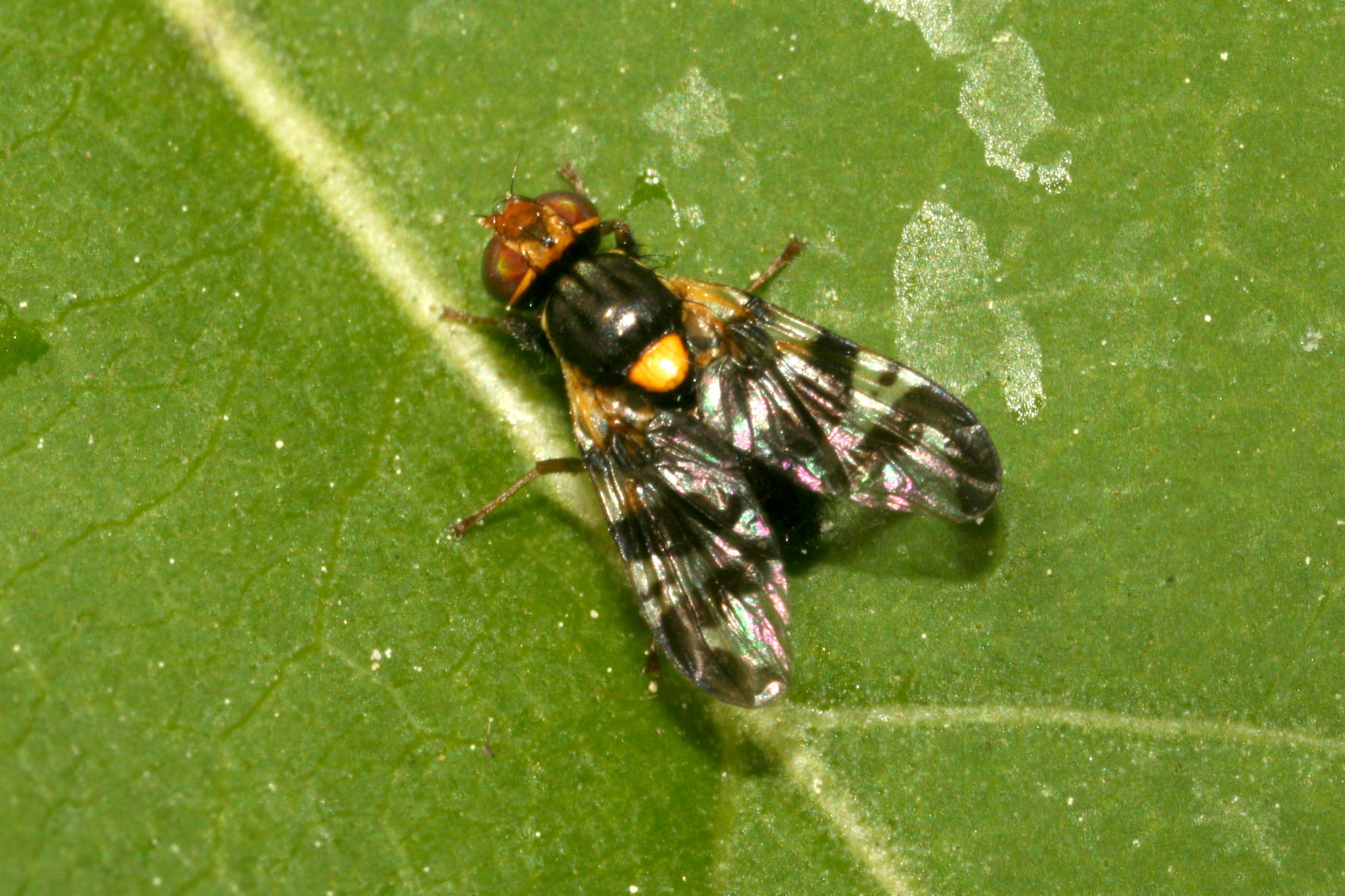Sweet cherries are among the most appreciated fruits worldwide due to their sweet flavor, firm texture, bright red color, and nutraceutical properties linked to their high content of antioxidant compounds.
However, they are extremely perishable and tend to rapidly lose their quality attributes, even during low-temperature storage.
For decades, research has focused on identifying post-harvest strategies to slow down their deterioration, but the available techniques often face regulatory limitations or lack scalability.
A recent study from Spain proposes an alternative and easily applicable solution: the early use of salicylate treatments directly on the tree during fruit development.
Early intervention strategies
The researchers evaluated the effectiveness of three natural compounds: salicylic acid (SA), acetylsalicylic acid (ASA), and methyl salicylate (MeSA), applied via foliar spray at three strategic moments: during stone hardening, at the onset of fruit coloration (veraison), and three days before harvest.
The most effective concentrations were found to be 1 mM for acetylsalicylic acid and 0.5 mM for salicylic acid.
The study involved three sweet cherry cultivars: "Sweet Heart", "Sweet Late", and "Lapins", all of which showed very promising responses.
Treated fruits exhibited higher average weight, more intense color (higher a*/b* index), greater firmness, higher soluble sugar content, and increased levels of total phenolics, anthocyanins, and antioxidant activity.
 Figure 1. Effect of salicylic acid (SA) and acetylsalicylic acid (ASA) treatments on cherry volume. Data are the mean ± SE of measurements taken on 10 marked fruits 9 days after treatment.
Figure 1. Effect of salicylic acid (SA) and acetylsalicylic acid (ASA) treatments on cherry volume. Data are the mean ± SE of measurements taken on 10 marked fruits 9 days after treatment.
Post-harvest and sensory benefits
These improvements were not limited to the time of harvest; they were also preserved during cold storage, highlighting the prolonged protective effects of the treatments.
Importantly, these elicitors did not compromise the flavor of the sweet cherries: sensory analyses revealed no off-flavors, while the appearance, sweetness, texture, and overall visual appeal were significantly superior to untreated fruits.
In particular, the increased firmness observed in the treated fruits is critical for commercial purposes, as it reduces the risk of bruising during handling, limits water loss, and enhances resistance to rotting.
 Figure 2. Effect of salicylic acid (SA) and acetylsalicylic acid (ASA) treatments on cherries of the 'Sweet Heart' and 'Sweet Late' varieties on cherry firmness (fruit firmness) at harvest and during storage at 2ºC for 1 day at 20ºC (days at 2ºC + 1 shift at 20ºC). Data are the mean ± SE of measurements taken on three copies of 20 fruits for each treatment.
Figure 2. Effect of salicylic acid (SA) and acetylsalicylic acid (ASA) treatments on cherries of the 'Sweet Heart' and 'Sweet Late' varieties on cherry firmness (fruit firmness) at harvest and during storage at 2ºC for 1 day at 20ºC (days at 2ºC + 1 shift at 20ºC). Data are the mean ± SE of measurements taken on three copies of 20 fruits for each treatment.
Nutritional impact and outlook
From a nutritional standpoint, salicylate treatments promoted a higher accumulation of anthocyanins and total phenolics, which in turn led to an increase in the antioxidant activity of the fruits.
Given the importance of antioxidants in the prevention of chronic diseases such as inflammation, cardiovascular disorders, and neurodegenerative conditions, this enhancement represents added value for health-conscious consumers.
In conclusion, the study’s findings indicate that pre-harvest application of salicylates is an economical and effective strategy to extend the shelf-life of sweet cherries while maintaining their organoleptic and nutritional quality.
The commercial adoption of these treatments could enhance competitiveness for producers and increase satisfaction for consumers, with additional health benefits.
Within a broader context of more sustainable agriculture and valorization of high-value products, the targeted use of salicylates during fruit development stands out as an interesting approach.
Source: Serrano, M., Giménez, M.J., Guillén, F., Martínez–Romero, D., Castillo, S., Valverde, J.M., Zapata, P.J., & Valero, D. (2022). Tratamientos con elicitores en precosecha para mantener la calidad de la cereza en poscosecha. Revista de fruticultura, (86), 62-69.
Source images: Serrano et al., 2025; SL Fruit Service
Cherry Times - All rights reserved














